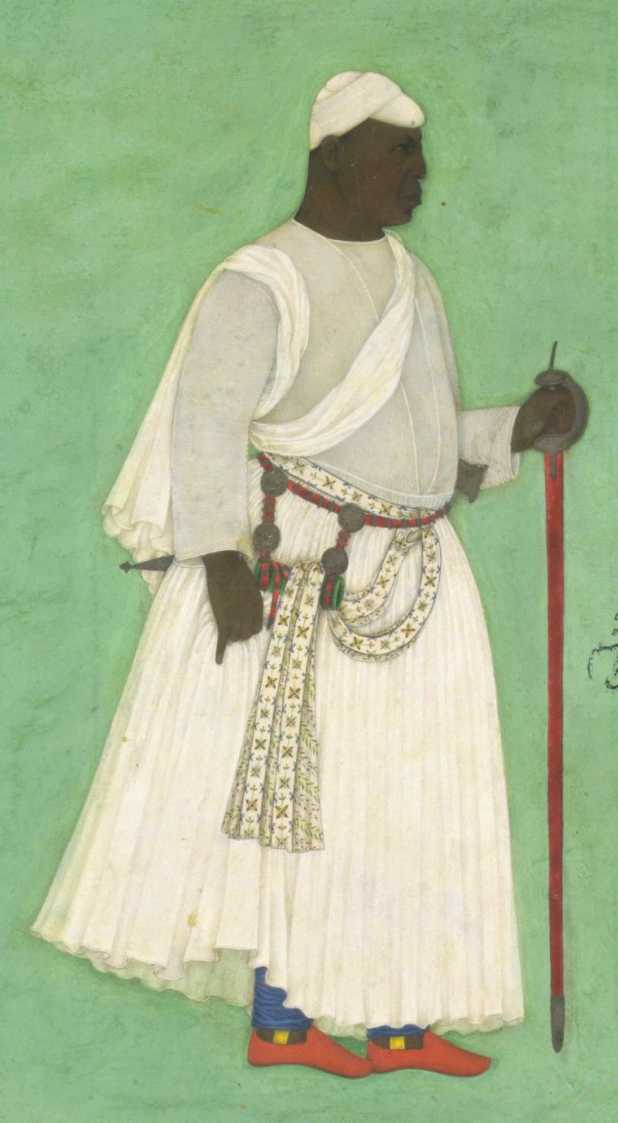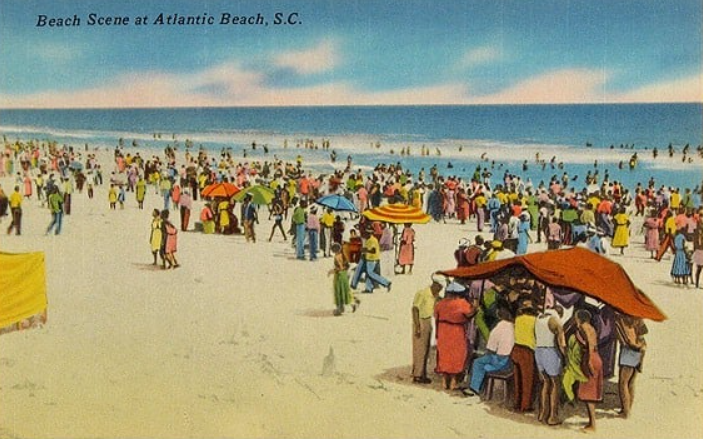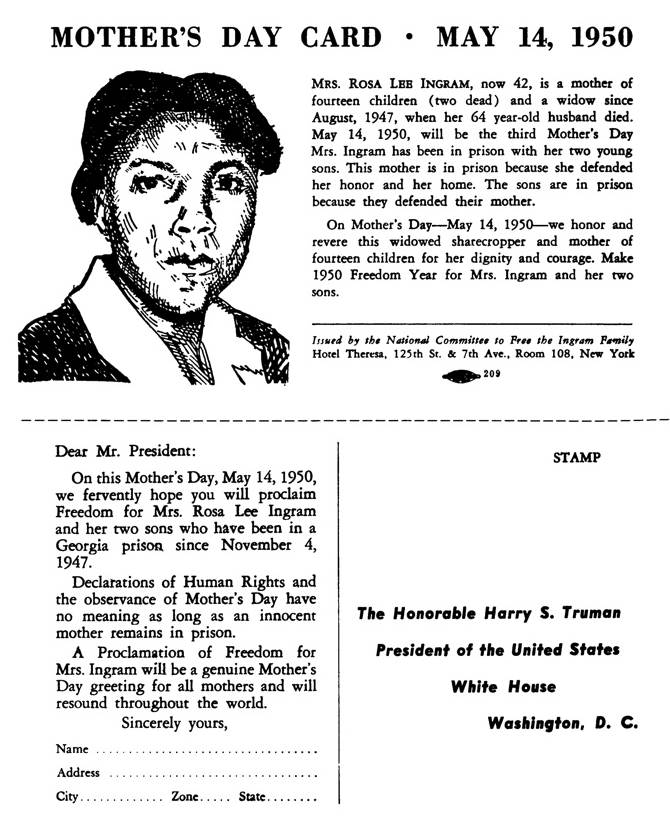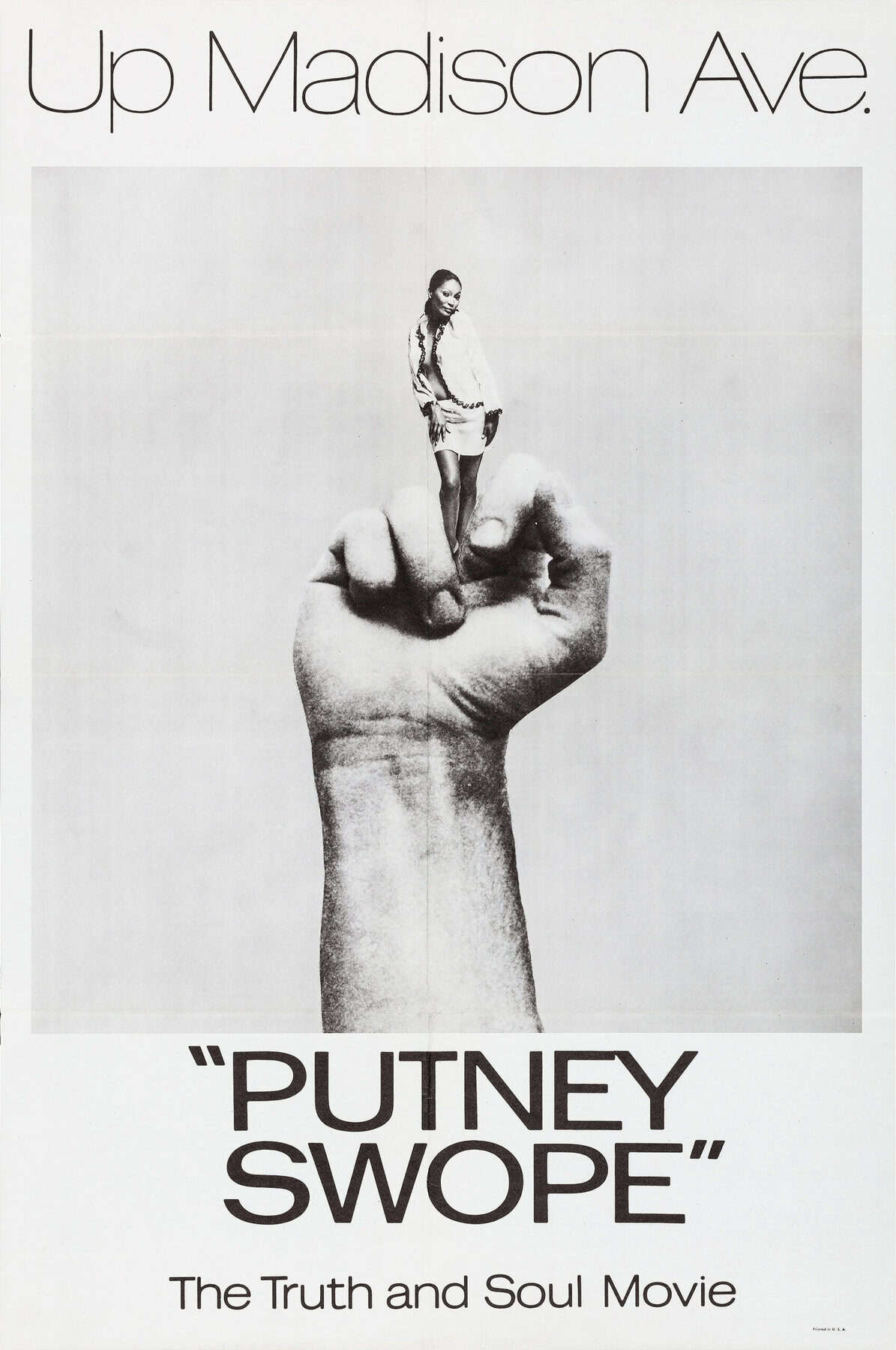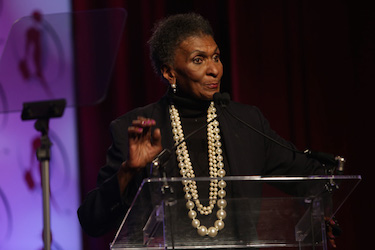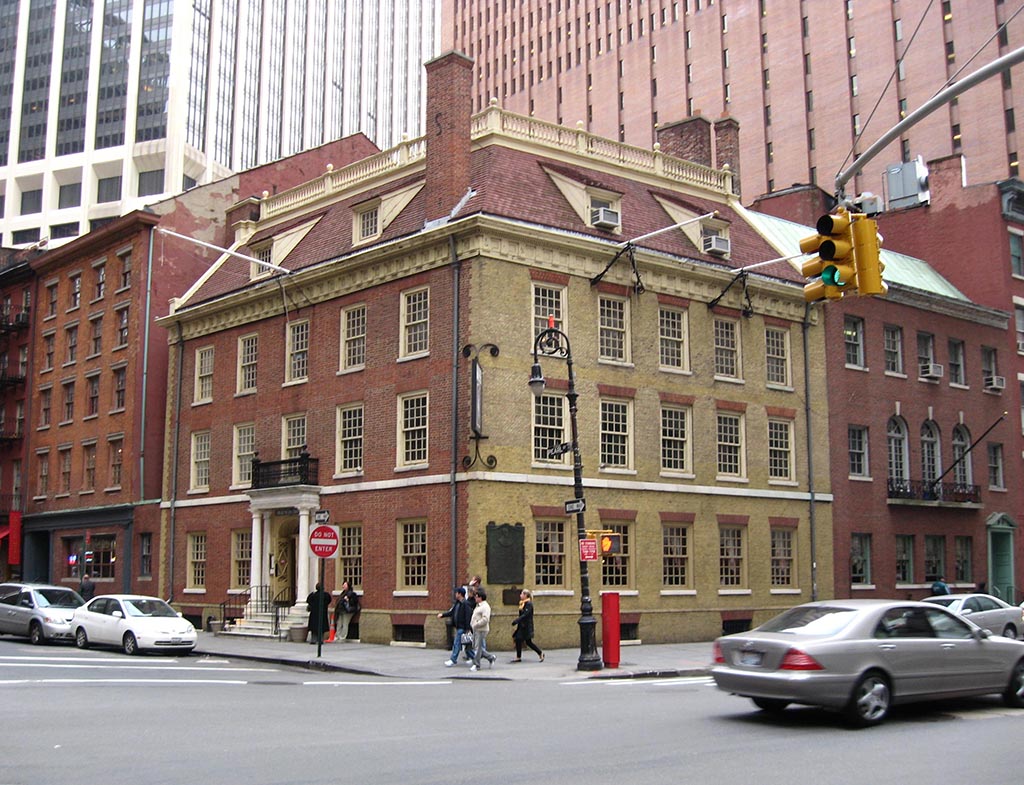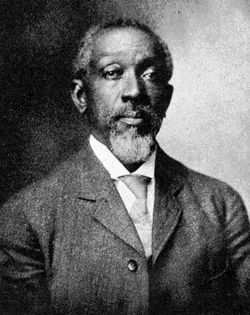Malik Ambar was among the tens of thousands of men, women, and children captured in Africa and sold into slavery in the Middle East and India over nearly nine centuries. His story is also an indication of the ability of some in the predominantly Muslim Indian Ocean world to rise far above their initial servile status. Born Chapu in 1548 in Harar Province, Ethiopia, Ambar (as he was later called) was stripped of his family, his name, and permanently removed from his homeland. Nevertheless, half a century later he had transformed himself into a king-maker in southern India’s interior region known as the Deccan where he led the area’s most powerful army against Mughal rule.
Traveling first by caravan, and then by dhow, young Ambar was taken across the Red Sea to the port of Mocha in southern Arabia (Yemen). He was re-sold and sent to Baghdad, where he was educated before being sent to India to serve Chengiz Khan, the Regent Minister of the Sultan of Nizam Shahi in Ahmadnagar. For twenty years, the Ethiopian, now a Muslim, loyally served Khan, an Ethiopian like himself who converted to Islam, but—unlike Ambar—was no longer enslaved. Over this period Ambar assumed increasing responsibility in the Nizam’s court where he observed and learned diplomacy, military strategy, and political organization, crucial training that he carried into his life as a free man.
Upon Khan’s death in approximately 1594, Ambar was manumitted and soon launched one of the most formidable careers in the political history of the Deccan. Initially working as a mercenary, by 1595, he commanded a cavalry force of 150 men, and began organizing a rebel army which quickly grew into the thousands. By 1600 the African, now a full-fledged mercenary general, emerged as the leading figure in the resistance movement against the spread of the Mughal Empire into the Deccan. Defeating in battle the armies of two Mughal emperors, Akbar and Jahangir, Ambar’s armies were for a quarter of a century the inspiration for those resisting the attempted Mughal occupation of southern India.
By 1620, Ambar’s army numbered fifty thousand men; forty thousand Marathas (Hindu warriors); and ten thousand Habshi (fellow Africans). By then he had already installed two young princes to the Nizam’s throne in succession, each time making himself Regent Minister, and, unlike his former master, functioning as de facto ruler.
Ambar also forged alliances along India’s western coast with the African-descended sailors-turned-rulers of Janjira Island. His innovative techniques in guerrilla warfare including the use of British-manufactured artillery, prevented the Mughals from occupying the southern half of India, endlessly frustrating the empire’s rulers, who referred to their indomitable foe as the “rebel of black fortune.”
In approximately 1619, Ambar founded the city of Khadki (the future site of Aurangabad), where he built several palaces, developed an irrigation system, patronized Hindu and Muslim craftsmen and artists (including the great portrait artist Hashim), and married his daughter and son into the families of Indian nobility—thus integrating Africans into elite South Asian society. When Ambar died in 1627, he was known across the Deccan as one of the greatest leaders of the region.

